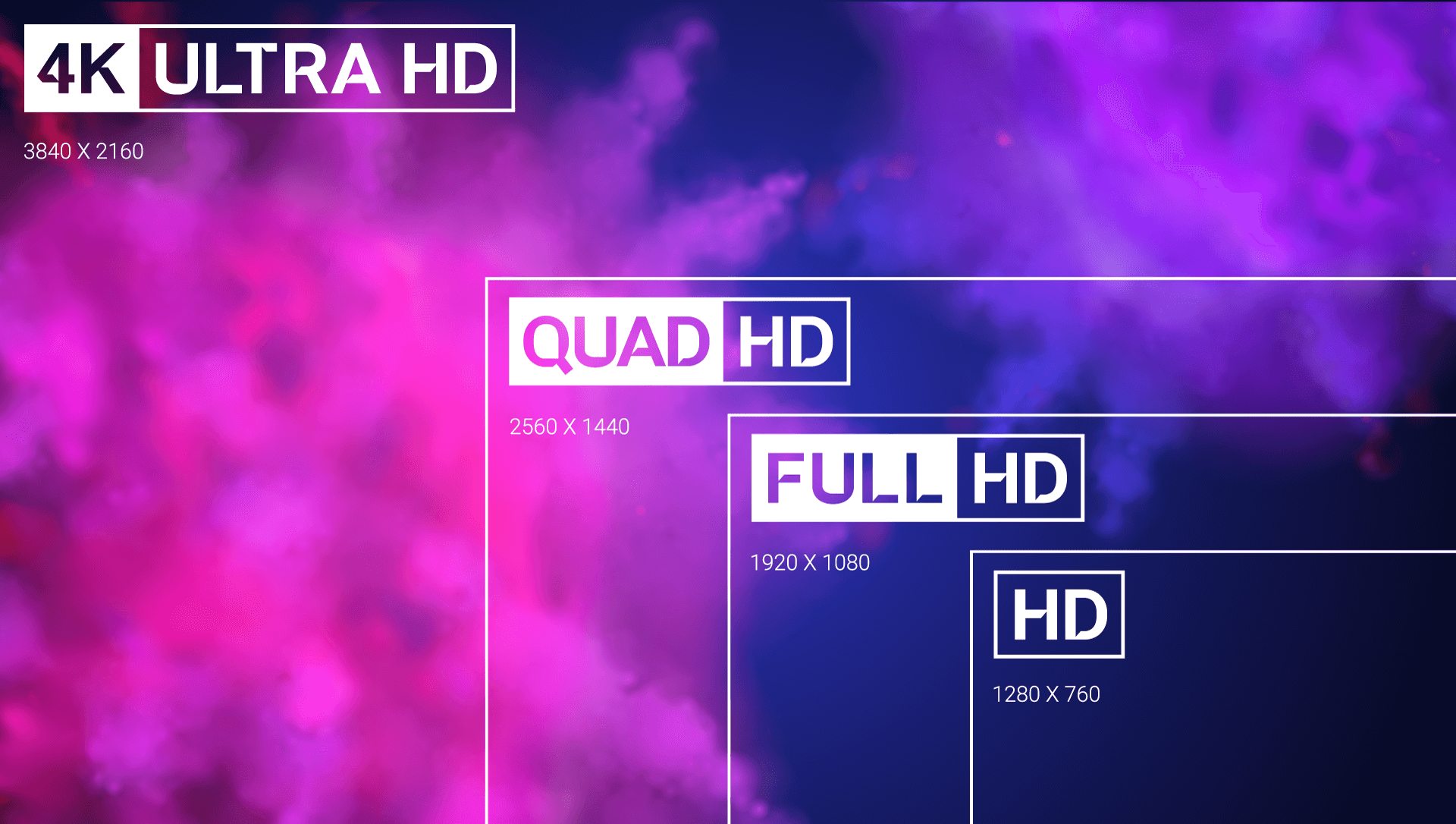The showcase goal or show method of an advanced TV, PC screen or show gadget is the quantity of individual pixels in each aspect that can be shown. It very well may be a dubious term, particularly on the grounds that the showed goal is different in cathode beam tube (CRT) shows, level board shows (counting fluid gem presentations) and projection shows utilizing fixed picture-component (pixel) exhibits because of different elements. is constrained by.
One utilization of the term show goal is applied to fixed-pixel-cluster shows, for example, plasma show boards (PDPs), fluid precious stone presentations (LCDs), advanced light handling (DLP) projectors, OLED shows and comparable innovations, and essentially is the actual number of sections and columns of pixels that make up the showcase (eg 1920 × 1080). One outcome of having a fixed-matrix show is that, for multi-design video input, all presentations require a “scaling motor” (a computerized video processor that incorporates a memory cluster) to help the approaching picture design. to match the showcase. To explore more technology, visit techkorr.
Foundation
Observers likewise use show goal to indicate a scope of info designs that the presentation’s feedback gadgets will acknowledge and frequently incorporate configurations bigger than the screen’s local framework size, despite the fact that they might be estimated by the screen’s boundaries. to be down-scaled to coordinate (for example tolerating 1920 × 1080 contribution) on a presentation with a local 1366 × 768 pixel exhibit. On account of TV inputs, numerous producers will take the info and zoom it to 5% to “overscan” the presentation, so the information goal isn’t really the showcase goal.
The eye’s impression of show goal can be impacted by various variables – see Image goal and Optical goal. One element is the rectangular state of the showcase screen, communicated as the proportion of the actual picture width to the actual picture level. This is known as the viewpoint proportion. The actual perspective proportion of a screen and the viewpoint proportion of individual pixels may not really be something very similar. A variety of 1280 ×720 on a 16:9 showcase contains square pixels, however a variety of 1024 ×768 on a 16:9 presentation contains rectangular pixels.
An illustration of pixel size influencing “goal” or saw sharpness: Displaying more data in a more modest region utilizing a higher goal makes the picture more understood or “sharp”. In any case, latest screen advances have been fixed at a proper goal; Reducing the goal on this kind of screen will extraordinarily decrease sharpness, as an interjection cycle is utilized to “fix” the non-local goal input into the local goal result of the showcase. You should also know about hd vs sd.
Improvement of guidelines
Numerous PCs presented in the last part of the 1970s and 1980s were intended to involve TV inputs as their presentation gadgets, contingent upon the TV norms being used, including PAL and NTSC. Are incorporated. Picture sizes were typically restricted to guarantee perceivability of all pixels in significant TV norms and a wide scope of TVs with differing measures of sweeps. The real drawable picture region was, in this way, fairly more modest than the whole screen, and was typically encircled by a still-variety line (see picture at right). Additionally, join checking was normally excluded to give greater dependability to the image, actually splitting the upward goal in the works. On NTSC, 160 ×200, 320 × 200 and 640 × 200 were moderately normal goals in the time (224, 240 or 256 scanlines were additionally normal). In the IBM PC world, these goals started to be utilized by 16-variety EGA video cards.
One of the downsides of utilizing exemplary TVs is that the PC show goal is higher than whatever TVs can unravel. Chroma goal for NTSC/PAL TVs is transfer speed restricted to a limit of 1.5 MHz, or around 160 pixels wide, causing tone obscuring for 320-or 640-wide signals, and making text hard to peruse (see model picture beneath). ) Many clients moved up to better TVs with S-Video or RGBI inputs, which disposed of chroma obscure and deliver more neat presentations. The earliest, least expense answer for the chroma issue was presented in the Atari 2600 video PC framework and the Apple II+, the two of which offered the choice of debilitating variety and review a more seasoned high contrast signal. On the Commodore 64, GEOS reflected the Mac OS strategy for utilizing high contrast to further develop clarity.
The 640 × 400i goal (with 720 × 480i limits incapacitated) was first presented by home PCs like the Commodore Amiga and later, the Atari Falcon. These PCs utilized entwine to support the most extreme vertical goal. These modes were just reasonable for illustrations or gaming, as the flashing entwine made it hard to peruse text in word processor, data set or bookkeeping sheet programming.
